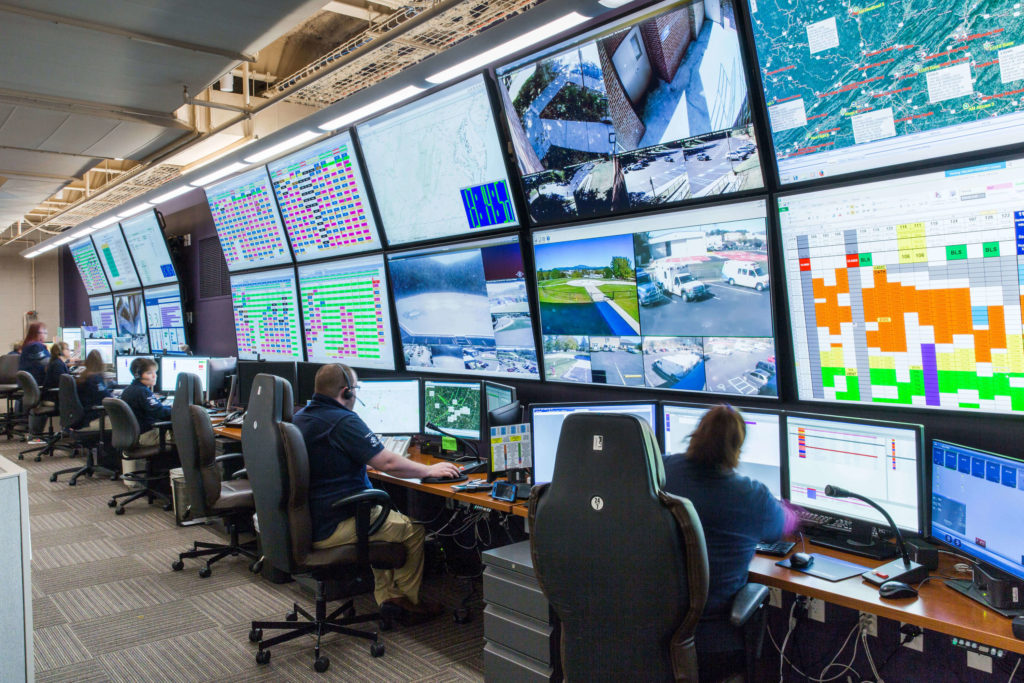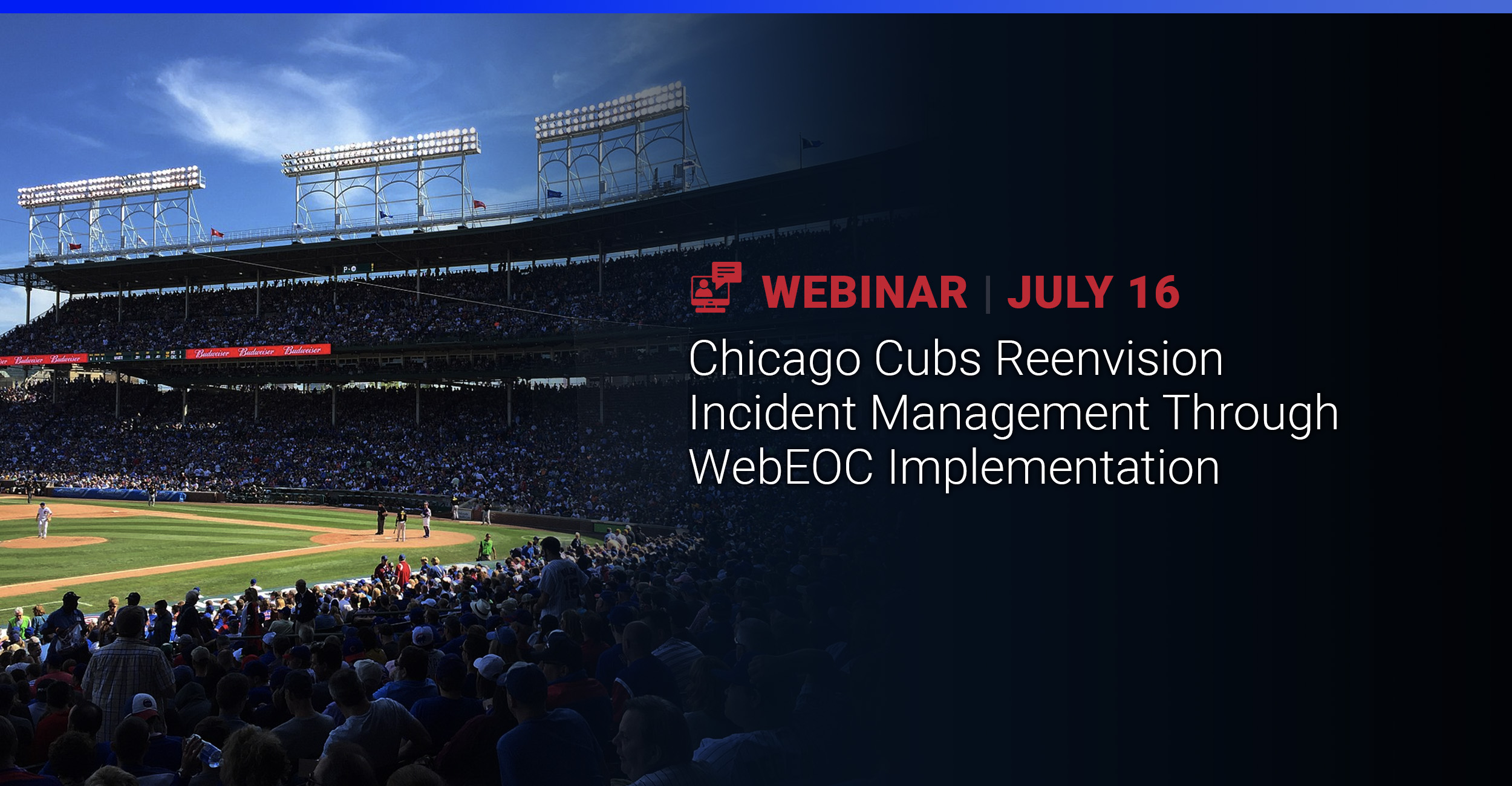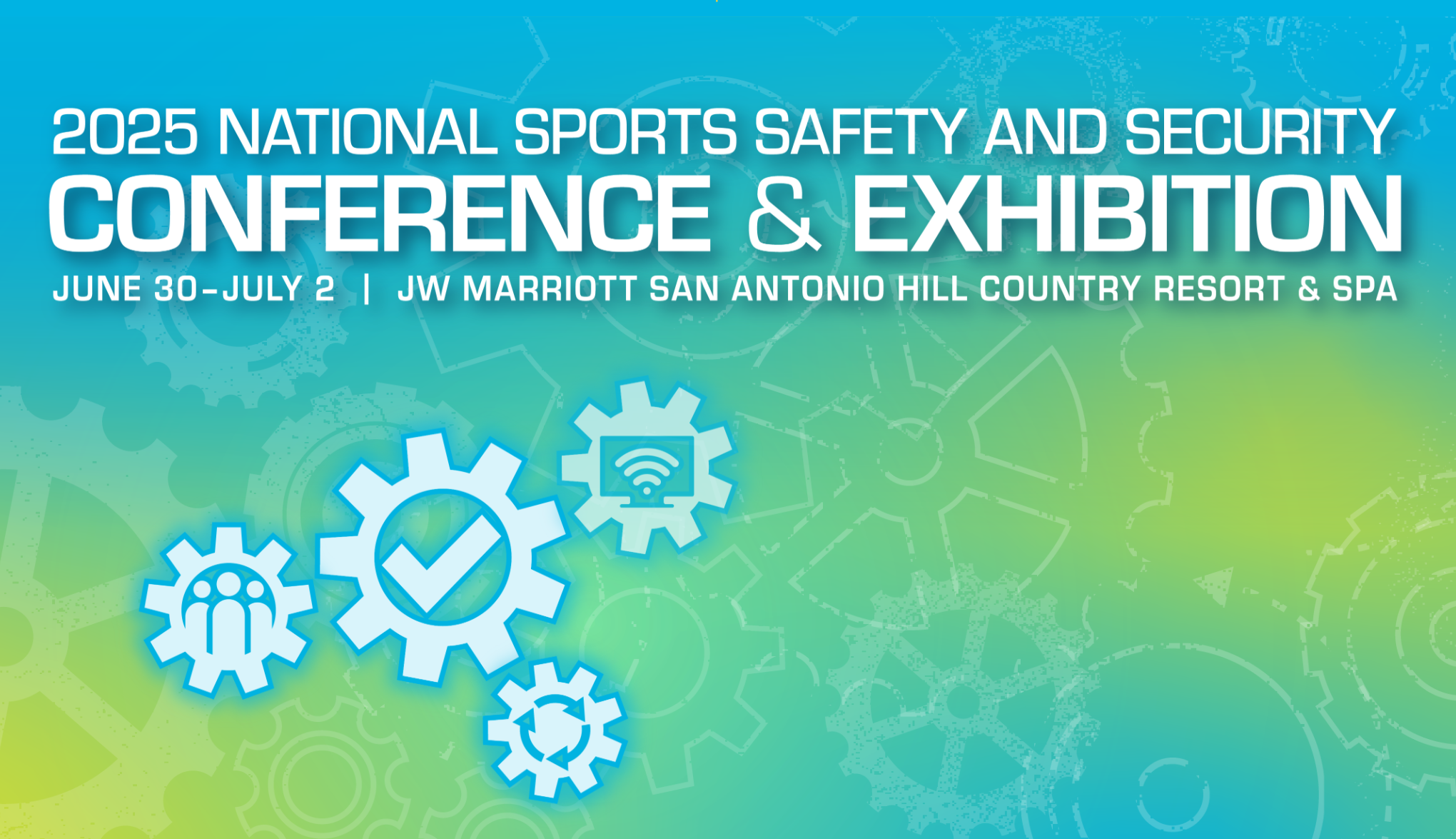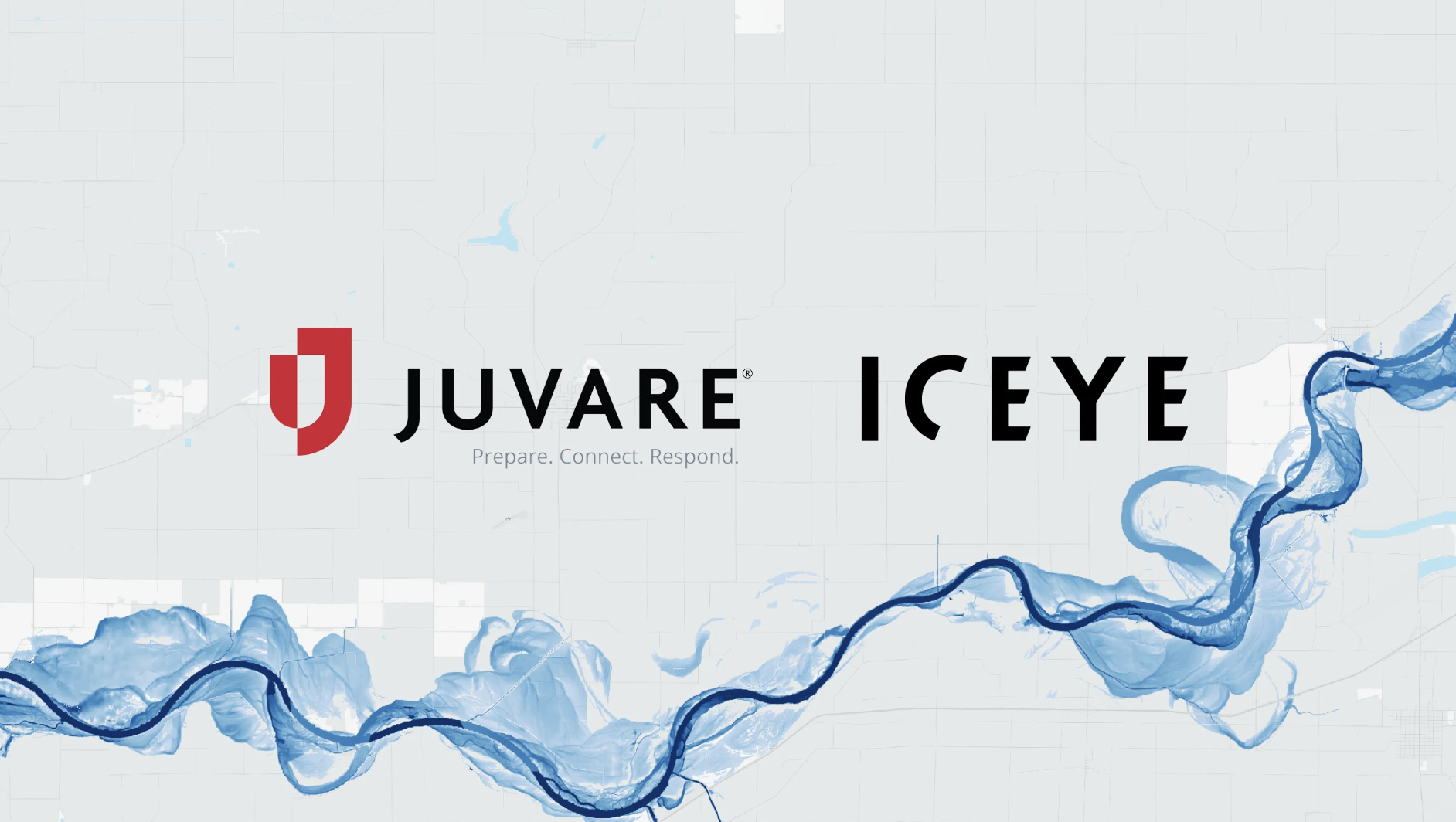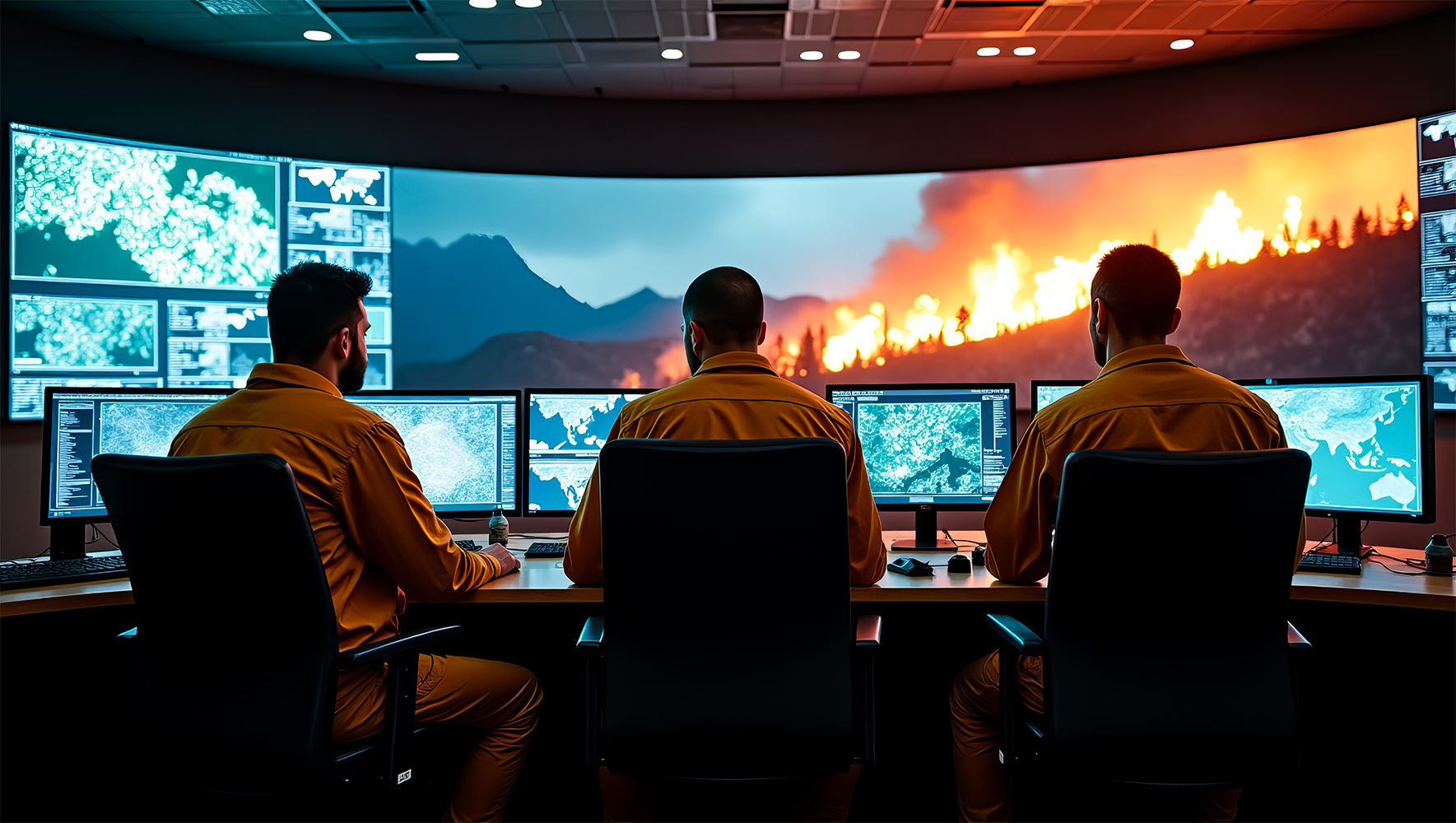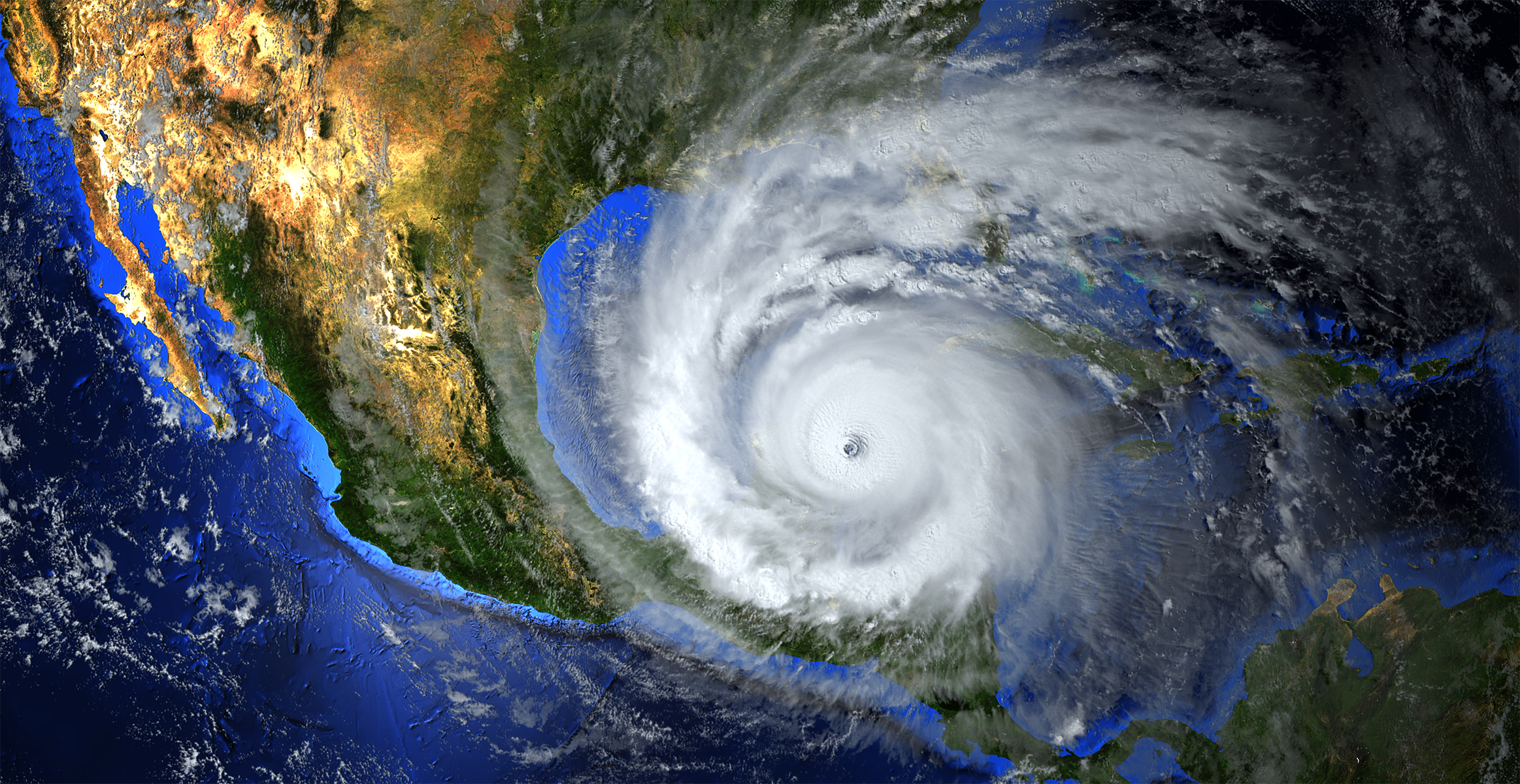As vestiges of Hurricane Laura have finally dissipated, we’re still a couple of weeks away from the climatological peak of hurricane season on September 15. Of course, hurricane season traditionally ends November 1 and in what has already been a historic hurricane season anything can happen.
Hurricane Laura made landfall last week as a Category 4 storm near the border of Texas and Louisiana, packing nearly 150 mph sustained winds and causing wind and flood damage through Louisiana, and drenching parts of Arkansas. It was one of the most powerful storms to reach the mainland.
Currently, tropical forecasters are eyeing three tropical systems in the Atlantic. On Tuesday, one of those systems became Tropical Storm Nana, which is expected to impact Central America, and is the earliest “N” named storm in history.
On the other side of the country, wildfires continue to burn on a number of states, with more than 20 fires currently in California as well as the Northwest and in the Rocky Mountains. According to news reports, more than 660,000 acres have burned in California, an area about the same size as Rhode Island – and fires in August 2020 alone have doubled the total acreage burned in wildfires last year.
Make sure you have the tools you need to stay ready for critical incidents
Whether your organization is an emergency management agency, business, higher learning institution, or other organization – you can’t wait until a crisis happens to ensure you have the tools to respond effectively. Having the proper solutions and tools in place well beforehand is the best way to be ready to save lives, protect property, and return to normal operations as soon as possible. Here are some solutions and features that can help:
WebEOC – Using WebEOC, emergency managers are able to maintain situational awareness and a comprehensive, real-time common operating picture for supporting all aspects of emergency preparation and response. With the platform’s informative, easy, at-a-glance dashboard, EOC staff can view all activities and information during hurricane, wildfire, or other incident response, including information requests, deployment of equipment and personnel, shelter availability, requests for resources, situation reports, and public messaging.
(Watch an overview video about WebEOC)
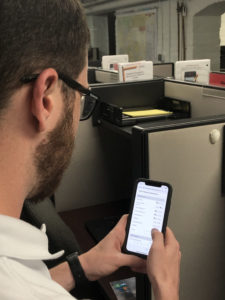
WebEOC Mobile App – Emergency responders can’t afford to be cut off from critical information and resources when they’re out in the field during a crisis or disaster.
The WebEOC mobile app offers mobile-friendly boards that are easy to view and edit, and keep users informed and situationally aware during an emergency, disaster, or other event. The WebEOC mobile app provides responders in the field access to notifications, forms, and boards. They can capture data, conduct assessments, and complete reports in the field that automatically update their WebEOC boards. With the app, they’re also able to receive notifications about incidents, statuses, resources, locations, and announcements. The Juvare WebEOC mobile app is available for download in Google Play™ and Apple App Store®.
(Watch a video about WebEOC Mobile App)
WebEOC Real-Time Collaboration with Microsoft Teams & Slack –
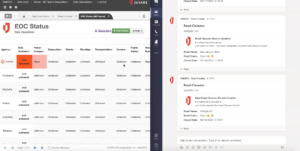
This add-on feature for WebEOC allows users to send real-time notifications to targeted groups of people through channels in Microsoft Teams or in Slack to increase situational awareness.
The channels are designated spaces within these solutions in which one or more people can monitor and/or discuss a topic. Custom notifications through the specified channels can be delivered every time a board is updated, according to new or existing processes, so you can alert and update people to the current situation in real time, regardless of their location. After receiving a notification, people can immediately discuss and collaborate on the update within the Teams channel. This allows people to make use of existing tools to aid them in reaching conclusions and forming plans.
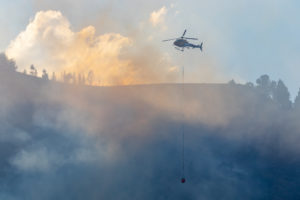
NMAS (National Mutual Aid System) – For emergency response agencies, mutual aid between states is indispensable for making sure that needed personnel and equipment are available in the event of a crisis or disaster. NMAS enhances the capability of Fire, Emergency Management, and EMS Departments to support each other, with cutting-edge technology to request, geospatially locate, and strategically deploy resources for emergency response faster and more effectively than ever before.
NMAS leverages Juvare’s WebEOC platform and Esri’s ArcGIS Extension for WebEOC, which provides access to and integration with Esri’s powerful online tools and dashboards, giving users maximum capability to request and assign mutual aid within a state, across state lines, and potentially across international borders.
(Watch our video about NMAS with Juvare’s VP, Business Development Brad Pond)
Be ready for anything that comes your way
As we have seen, natural disasters aren’t taking the year off so that we can continue to battle the COVID-19 pandemic. We have to be ready for anything. Whether you’re responding to a wildfire, hurricane, or other critical incident, having the right capabilities will help you do the right things at the right time to save lives, protect property, and bounce back faster.
As we continue to navigate ever-changing and unexpected circumstances Juvare emergency management solutions are a wise investment in keeping communities safe. For more information on how Juvare can help you with emergency preparedness, contact us today.









